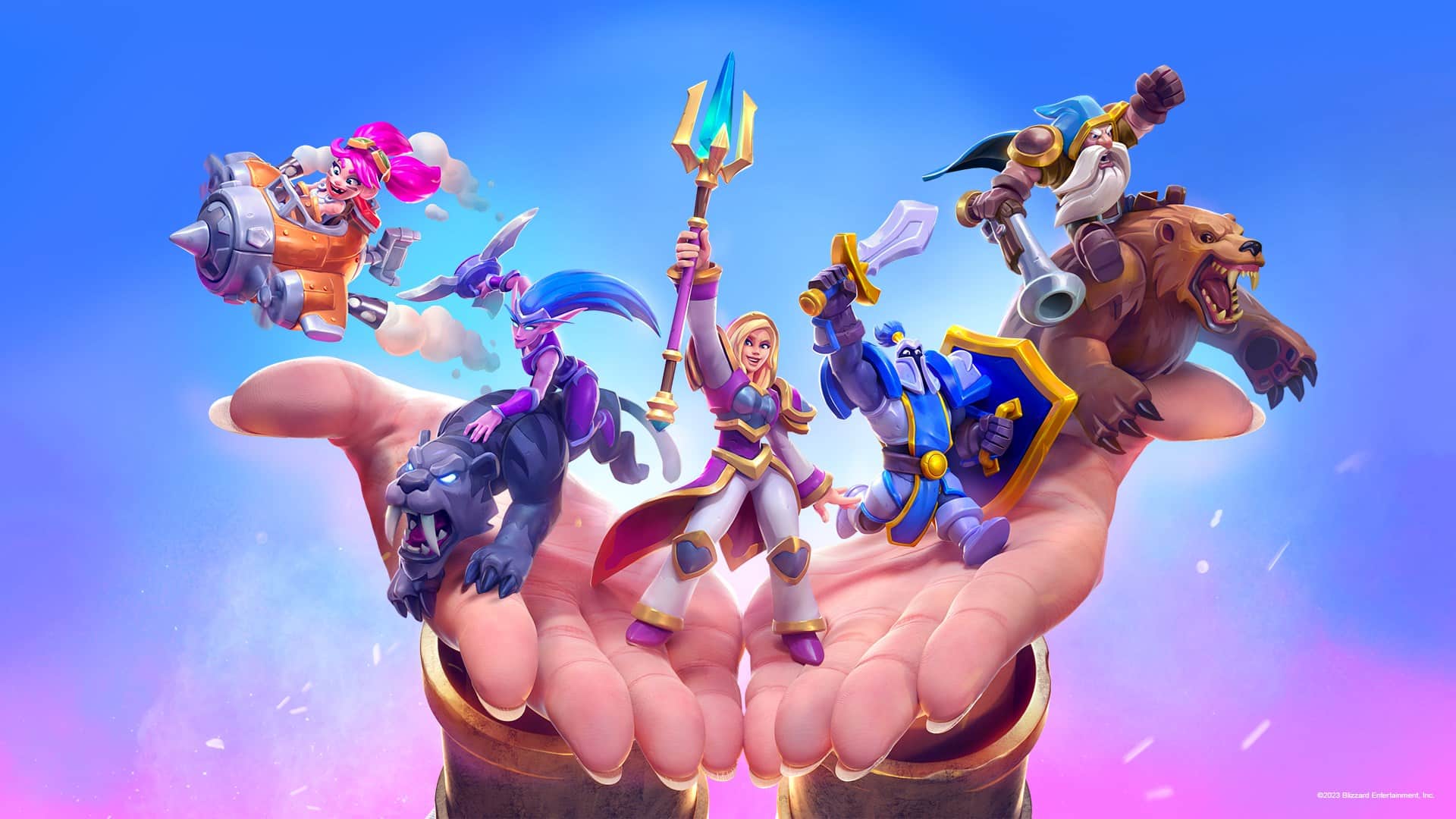Blizzard’s track record when it comes to mobile games is mixed. Hearthstone was a hit almost right out of the gate in 2014, but Diablo Immortal was infamously booed when it was revealed at BlizzCon in 2018. Those ups and downs inevitably shaped how the developer pitched and approached its latest entry into the mobile gaming space, Warcraft Rumble.
“At its core, [the Immortal reveal] was a situation where they expected one thing for sure and then they got something they completely didn’t,” said Elhora Davis, Warcraft Rumble producer. Davis said the Blizzard team learned a lot from its experiences with Diablo Immortal, but emphasised the difference between that game and Rumble.
The pitch of Immortal was bound up in the idea of shrinking a big game down to a smaller screen, with it primarily being developed by an external partner. Rumble was envisioned as a mobile game from the beginning, developed by a small team entirely within Blizzard.
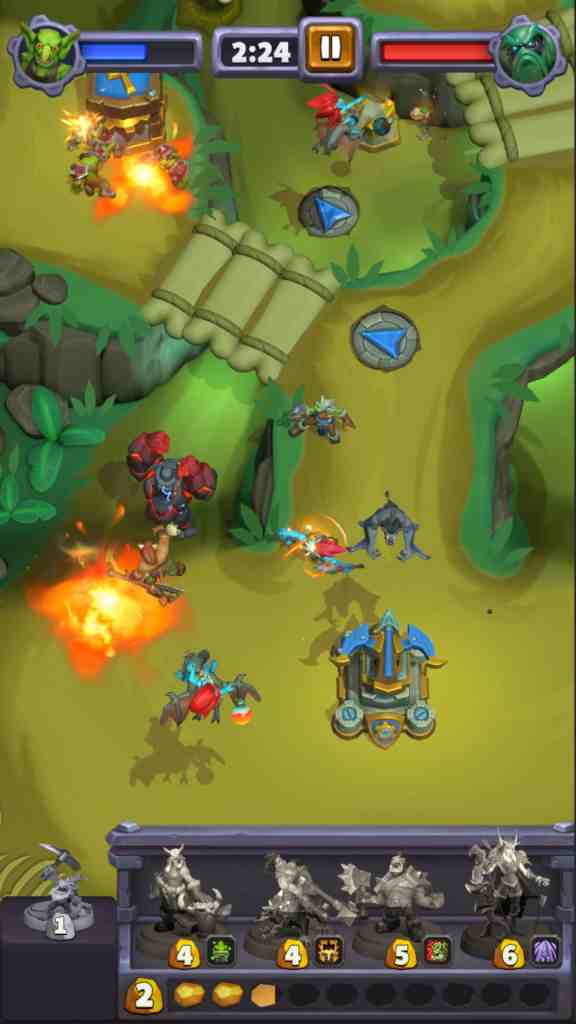
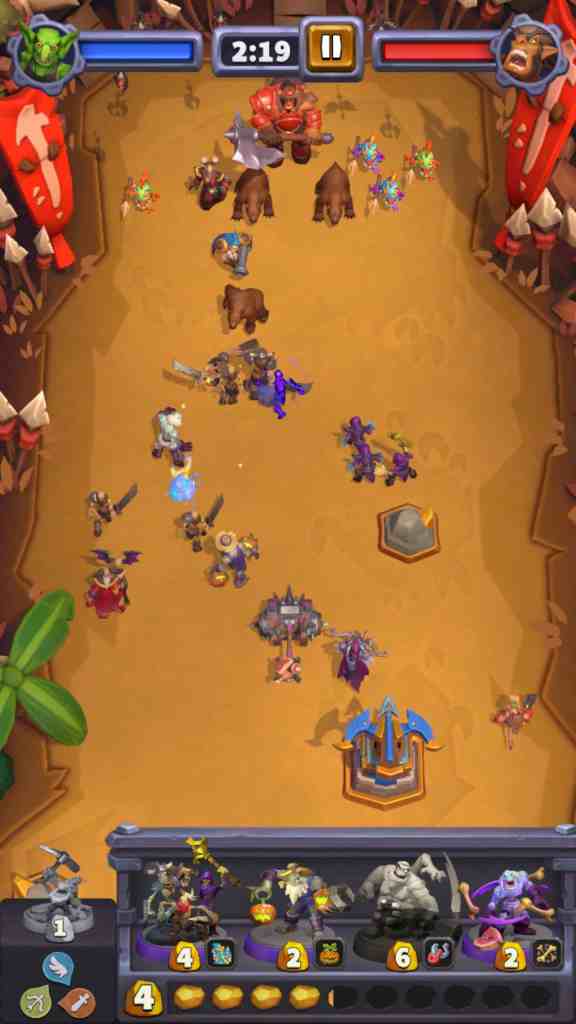
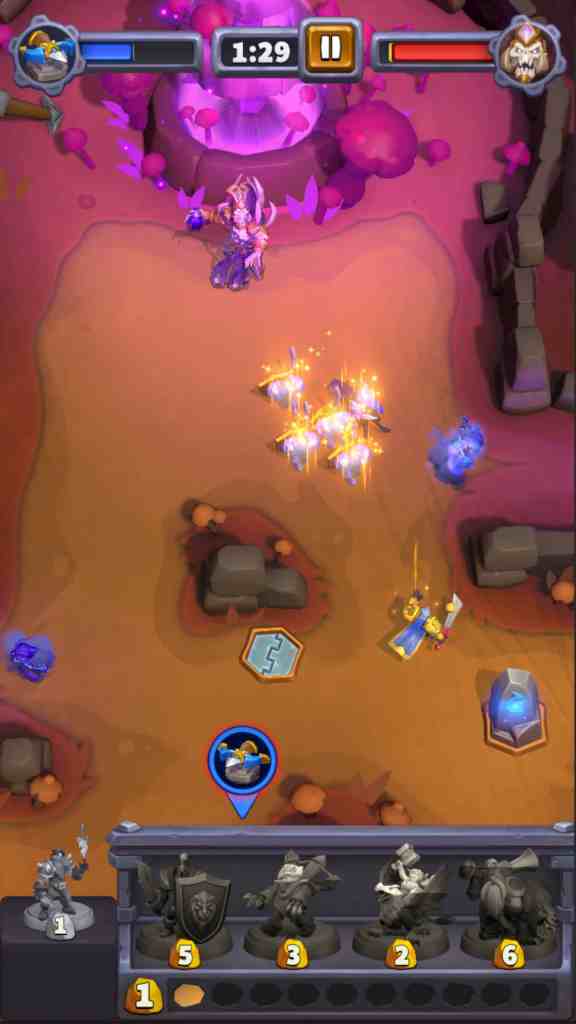
It resembles the RTS roots of the Warcraft franchise at a glance, but Davis said that its origins have less to do with that and more to do with an authentic love for mobile games, and what’s happening in the strategy corner of that space.
“While we kind of learned from our previous experiences it was a situation where we knew that we wanted to share something in this space and we wanted to share what we could do.”
Asked whether this latest echo of Warcraft 3 would incorporate any sort of custom map-making toolset, Davis called it a “sick idea” but wouldn’t commit to anything. “I wouldn’t rule out anything for the future, but right now we don’t have any plans,” she said.
Read: Overwatch 2 has a very different relationship with esports now
The unique art style of Warcraft Rumble shares some similarities with Hearthstone, but where Hearthstone’s cards are stand-ins for Warcraft’s most famous heroes, villains and monsters, Rumble’s miniatures are exactly what they seem to be: toys. This playful premise gives them a little bit more room to express the personality of each unit featured in the action-strategy game.
Art director Jeremy Collins agreed that the quirky quality of the characters in Rumble is a big part of what separates it from the other titles under the Warcraft banner.
“Every time you lose a new Tyrion, they print a new Tyrion for you,” he said.
The collectible aspect of Warcraft Rumble is central to its take on in-game seasons. While there is no battle pass in the game, each six-week season will coincide with the introduction of a new miniature into the wider pool.
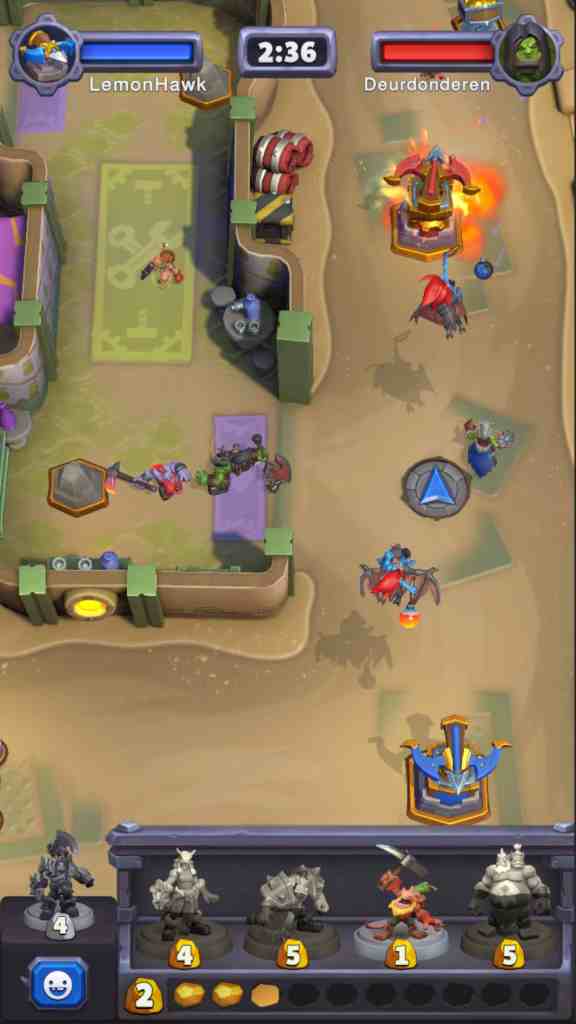
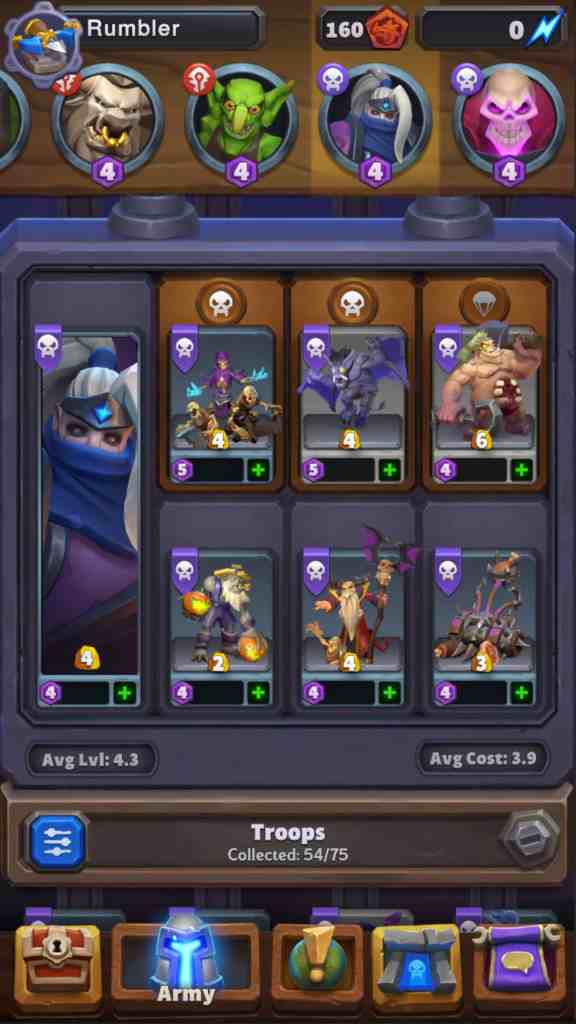

Collins said that while the roster seen in the launch version of Warcraft Rumble is heavy on creatures and characters from the earliest era of World of Warcraft, that wasn’t necessarily a conscious choice nor was it an indication that the team is looking to mimic the cadence or contours of its MMORPG counterpart.
Still, with eight or so seasons happening each year, it won’t take long before Warcraft Rumble’s roster grows. Blizzard’s other mobile games – Hearthstone and Diablo Immortal – have both introduced various catchup mechanics over the years to try to offset this issue.
Davis isn’t worried about it though.
“I think that if you look at Diablo and you look at World of Warcraft, lots of stuff happens at the endgame. You get your raid group together and you start doing mythics, and you start doing that endgame content. Not to discount the journey going up to it, but lots of focus is going to that endgame content.”
“Whereas with Rumble, as cliche as it sounds, the journey is very important to us and folks have a wide spread of things that they can do on that kind of journey.”
While Rumble launched worldwide, it spent the better part of the last year in beta, while soft-launching in Australia months prior. Asked what the team learned during this period and how it shaped the final product, Davis said that the difficulty of the game was a big one.
“A lot of early players were kinda getting destroyed,” she explained.
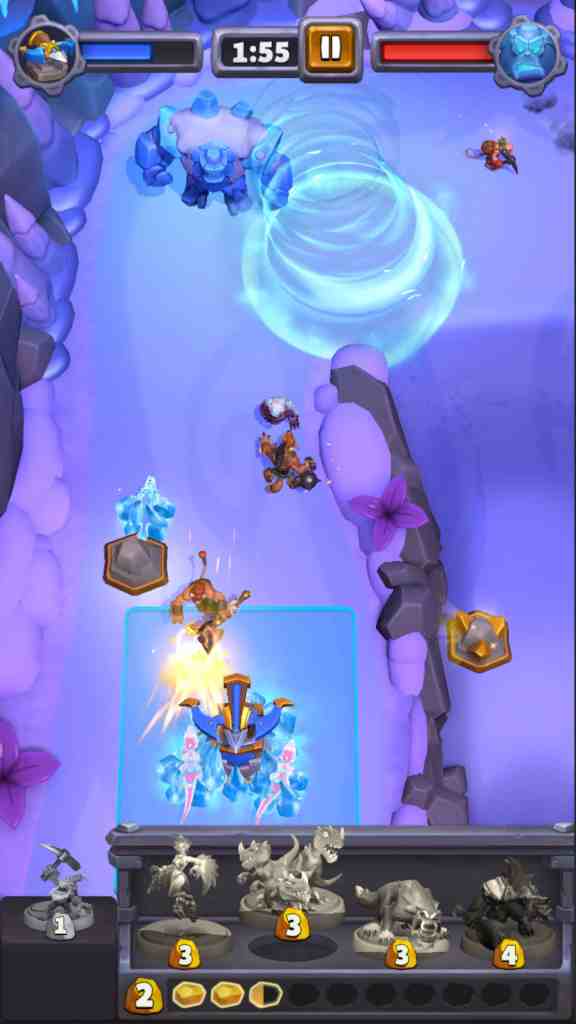
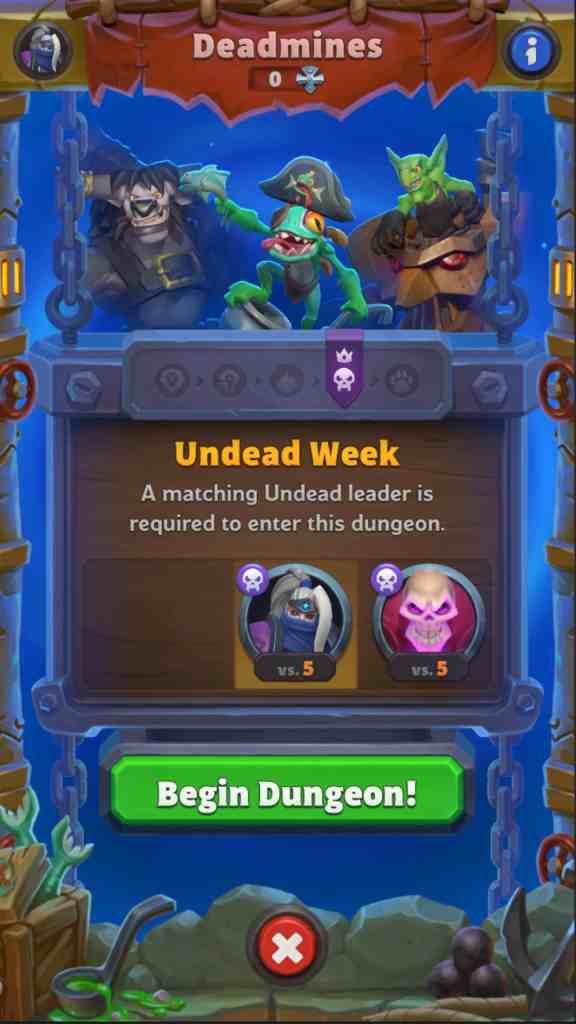
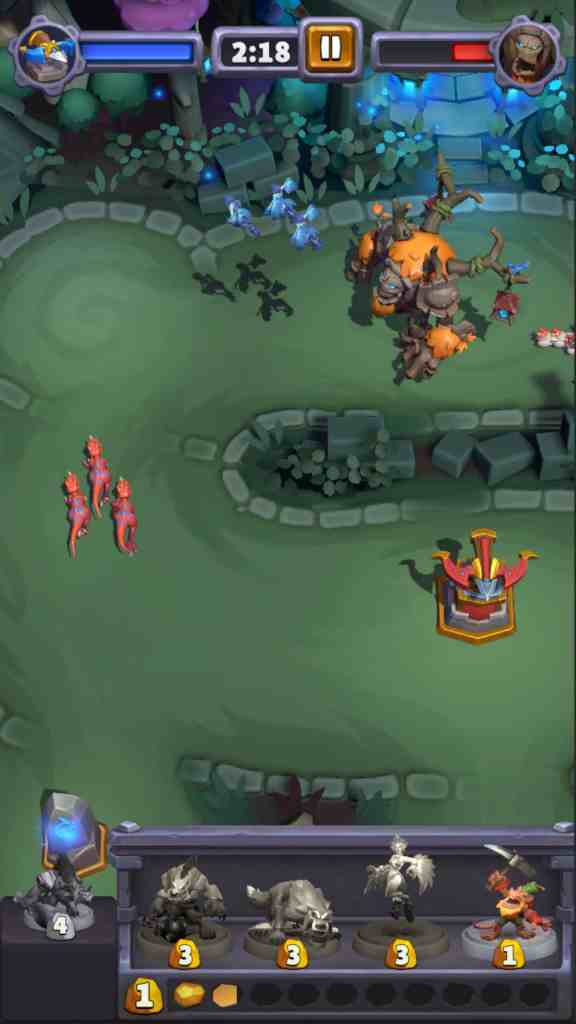
While the team’s general approach was to give players the tools they needed, and the time to figure out how to best use them, the initial result was an experience that was a lot more difficult than intended.
Their response was to make the game easier to grasp, but this revamp went far beyond just tweaking the numbers. Davis cited chess as an example. “You have your pawns, you have your queens, you have your chess pieces and chess has been untouched for many many many years. But what you can do is you can change the environment.”
“You can change the number of pawns, you can change the cadence that you see a rook and that sort of thing or what the board looks like or the towers. It’s not like we won’t ever tune numbers or anything like that, but it’s less health and more when should we place that, and moving the chess pieces around, rather than adjusting the chess pieces themselves.”
Collins said that one big learning for the art team during this period had to do with optimisation.
Blizzard’s commitment to making its games accessible extends to those who have phone brands that aren’t made by just
“We’re available on both iOS and Android and there are a lot of phones out there, and we don’t have every single one at Blizzard, [but] we want to make sure that the gameplay experience is good for people,” he said.
In addition, Collins said that coming from a PC development environment to a mobile-centric one presented some complications.
“One of the things coming from being a PC developer that I didn’t realise when I first started making a mobile game was that when you’re making a mobile game, you’re optimising for battery life and heat.
“That was a different paradigm than I was used to, and so we had to bring in a lot of people from mobile to teach us about that stuff. The soft launch learning has really helped quite a bit, because we got a lot of valuable data on phones that we hadn’t optimised for.”
Warcraft Rumble is available now on iOS and Android.
Activision Blizzard provided flights and accommodation for the author to attend BlizzCon 2023.
